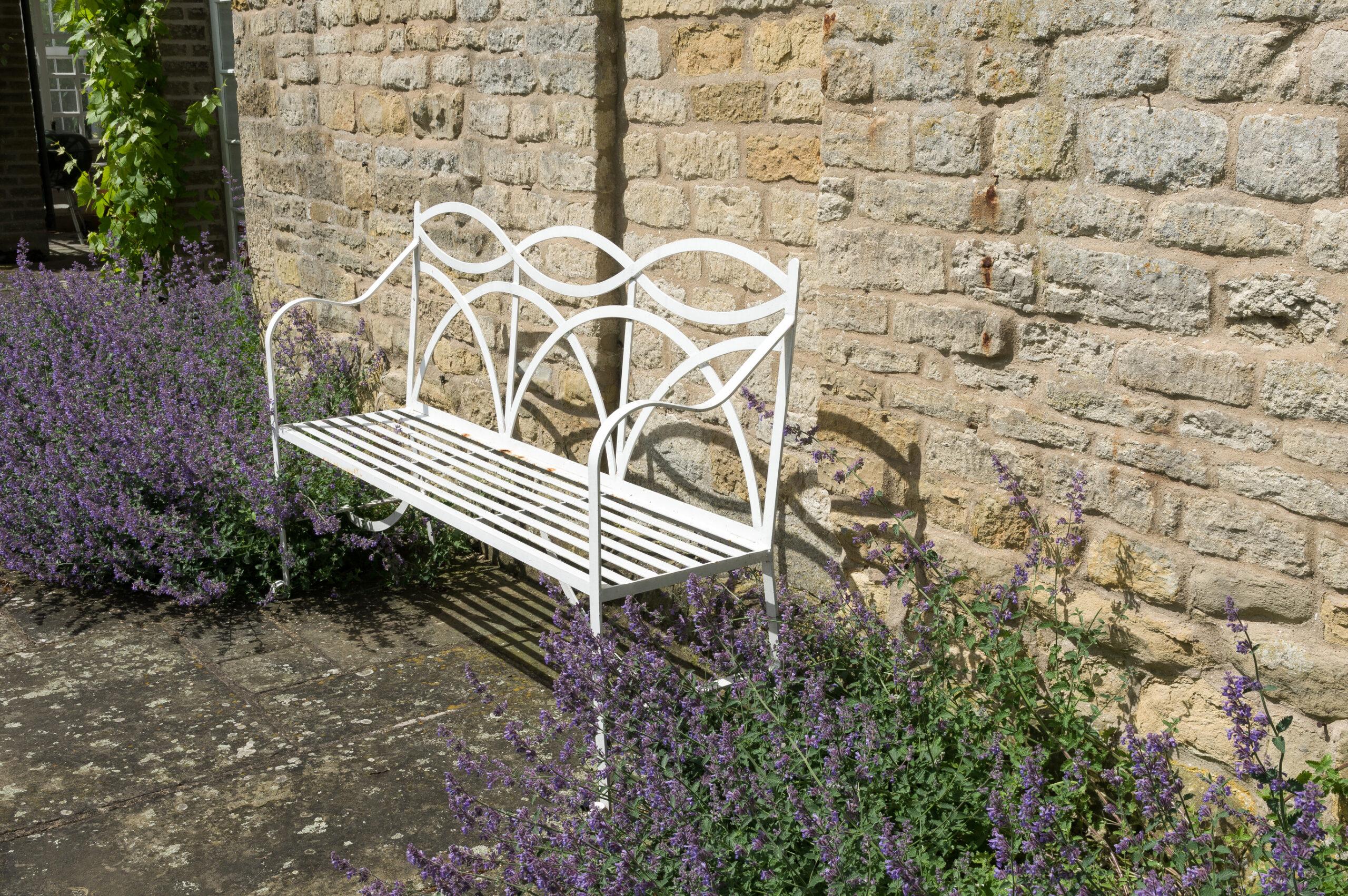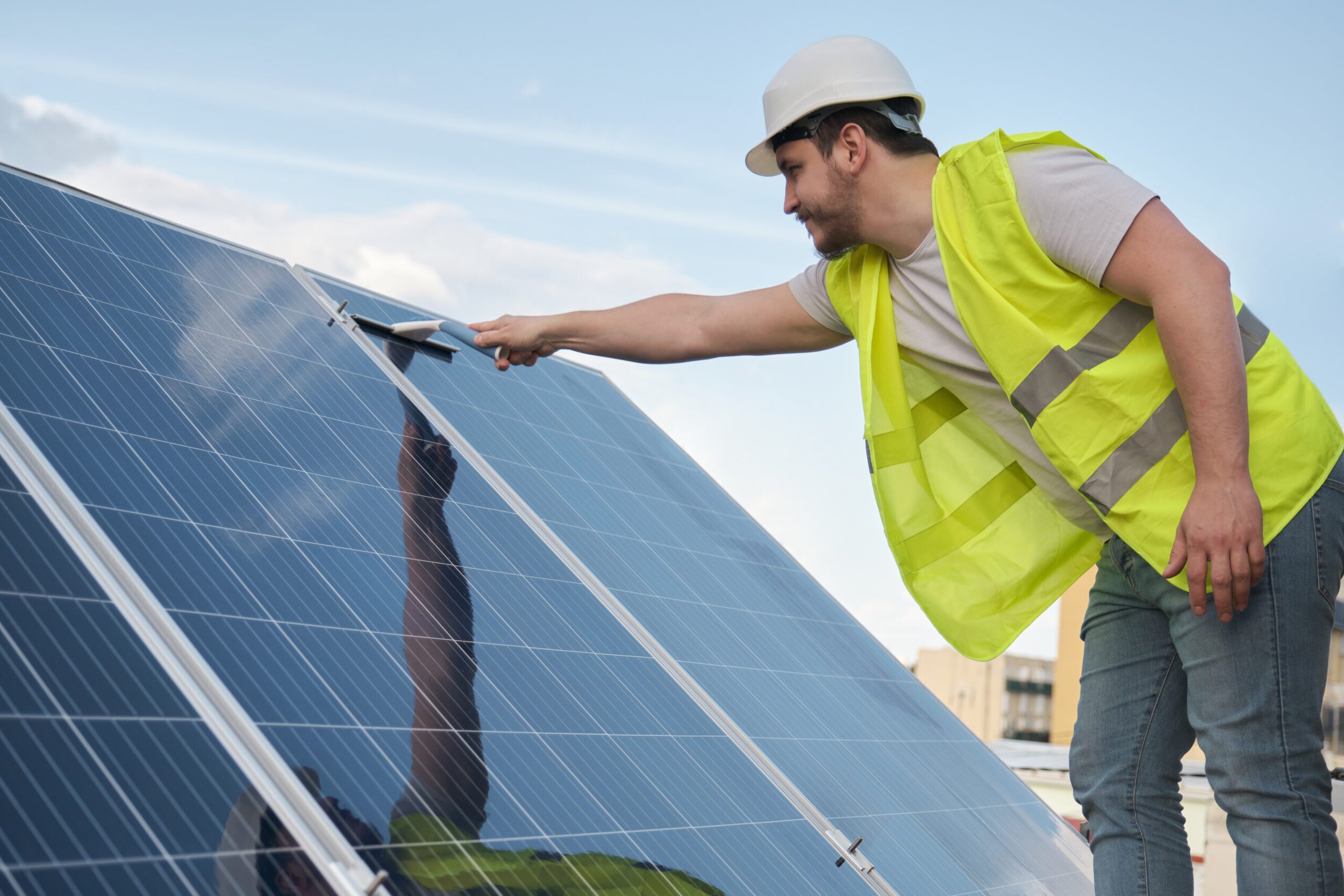
Readying your garden for Winter
Having been able to spend much of this summer out in our beloved gardens, autumn prompts us to start preparing our outdoor space for the
UK’s broadest range of quality nano coatings for home and garden

The concerns over energy security and increases in domestic energy bills have fuelled the record uptake of solar installations to the end of June 2022, of which 79% were 4 kW and under. These systems are small but mighty, in the fact that they can supply sufficient power to meet the electricity requirements of an average home with four – six people.
A 4 kW system on average can produce 7,000 kWh a year – but how much solar power could you be wasting without realising ? Studies show that in fact you could be losing:
Regular cleaning throughout the year will go a long way to reducing your soiling losses and is necessary to maintain performance. However, this is not always the easiest of tasks, especially during drier conditions when bird poop, dust, dirt and environmental pollution can be ‘cemented’ on the panels due to light dews.
Wouldn’t it be of more benefit to the environment (and your wallet) if rather than maintaining the performance of your panels, you could maximise their output by on average 6-7%? These gains can be achieved using Solar (PV) PanelGuard – a single application nano-coating from Nano-Care.
Solar (PV) PanelGuard is a silica-based nano-coating, which has an extremely durable hydrophilic performance to repel environmental dirt and pollution. The coatings’ built-in AR (anti-reflection) performance leads to an increased light transmission to the panels of up to 2.5% by reducing the amount of light lost on untreated glass, which has been demonstrated to be up to 4%.
The hydrophilic, non-stick coating constantly repels contamination, and this will typically lead to an overall increase in energy yield of 6-7% – which allows an amortisation of the investment between 6 months and 3 years (depending on the electricity price in the regional market).
The results of an onsite trial carried out on a 146 kW solar field with 289 modules during 2022 in KwaZulu, Natal South Africa, demonstrates these gains.
| Trial | Period 2022 | String 4 (uncoated) | String 6 (uncoated) | Difference in performance 4 to 6 |
| Uncoated/Control Panel Performance | April 23 – May 27 (35 days) | 26,299.73 | 27,679.85 | – 4.99 % |
| Trial | Period 2022 | String 4 (coated) | String 6 (uncoated) | Difference in performance 4 to 6 |
| Treated Panel Performance | May 28 – July 1 (35 days) | 25,221.24 | 24,960.65 | 1.04 % |
| Trial Results | Comparative values drop in performance | 95.90% | 90.18% | 1.0635 Performance Factor |
Solar (PV) PanelGuard can be applied to panels as part of an ongoing cleaning and maintenance schedule and will continue to provide anti-reflection and anti-soil functionality for at least five years allowing the time between ‘deep-cleans’ to be extended – saving you time and effort.
For the average 4 kWh system, this could translate in to an additional 490 kWh per year, which using the average cost of a kilowatt hour is £166.60 a year saving – every little helps!


Having been able to spend much of this summer out in our beloved gardens, autumn prompts us to start preparing our outdoor space for the

For the car enthusiasts winter brings its own set of challenges to maintaining their vehicles in tip top condition and appearance. The everyday onslaught from

Nothing beats stepping back to admire your perfectly cleaned pristine kitchen, and nothing gleams quite the same as brushed steel fridges and cooker hoods. Brushed

The concerns over energy security and increases in domestic energy bills have fuelled the record uptake of solar installations to the end of June 2022,